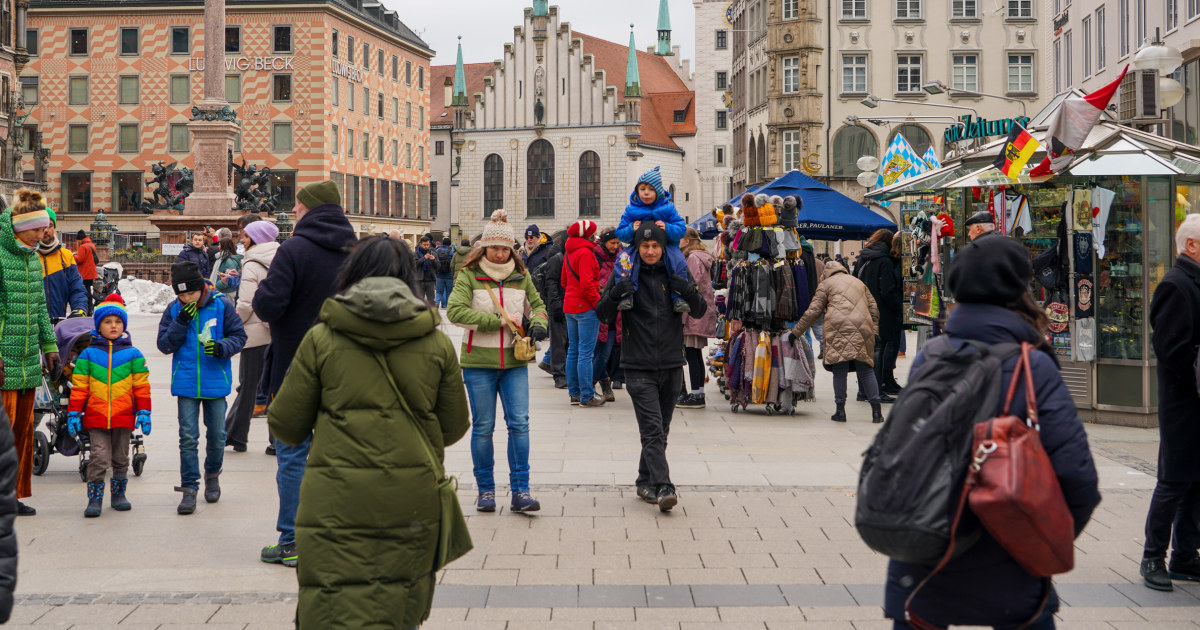“To return to the Empty Quarter would be to answer a challenge, and to remain there for long would be to test myself to the limit. Much of it was unexplored. It was one of the very few places left where I could satisfy an urge to go where others had not been… The Empty Quarter offered me the chances to win distinction as a traveller; but I believed that it could give me more than this, that in those empty wastes I could find the peace that comes with solitude, and, among the Bedu, comradeship in a hostile world,” writes Wilfred Thesiger in Arabian Sands, a book in which the author describes his crossing and re-crossing of the Rub’ al-Khali or the Empty Quarter, between 1946 and 1948.
It took Thesiger ten long years to put his journey on paper and finally see his book in print. But what Thesiger saw in the Empty Quarter 80 years ago, resonates chillingly with what’s in the Empty Quarter today: a vast expanse of nothingness; the world’s most dangerous desert. The same desert, where, tower technician Shahbaz Khan and his colleague lost their lives this week.
Shahbaz, who hailed from Telangana and was working with a telecom company in the Al Hasa region of Saudi Arabia for three years, went to the Rub al-Khali desert with a colleague five days ago. Their GPS device malfunctioned. Their car ran out of fuel. Their phones had no signal. Eventually, all their efforts to reach safety turned out to be in vain.
Hungry, thirsty, and many miles from civilisation, the two men ended up being swallowed by the desert; the most dangerous in the world.
Why does the Rub al-Khali enjoy that reputation?
The answer goes back to that word ‘khali’. Empty. There’s nothing in this desert. It is the world’s largest contiguous sand desert. It spans 2,50,00 square miles, which Thesiger covered in a span of two years. Before Thesiger, only two people had crossed the Empty Quarter: Bertram Thomas in 1931; and Harry St John Philby in 1932. But none of their travels were like Thesiger’s, who revelled in punishing himself on his travels.
Thesiger’s masochistic travels through the Empty Quarter ensured that he walked barefoot in the desert when shoes were an everyday thing; he chose camels for commute at a time when cars were available; and he spent years with his beloved ‘Bedu’, or the Bedouin in the desert despite coming from extreme privilege. What privilege are we talking about? Thesiger was the son of a British Minister in Addis Ababa, where he was born in 1910; and his uncle Frederic Thesiger was the Viceroy of India from 1916 to 1921, at a time when General Dyer ordered the Jallianwala Massacre.
Spell of the cruel land
It was this colonial privilege that somewhere pushed Wilfred Thesiger to seek out a life travelling through the harshest of climes in the Rub al-Khali, “…this cruel land can cast a spell which no temperate clime can match.”
That was the 1940s. It was a time when the world was fighting the Second World War, but millions of metres away in the desert, Thesiger was preparing for a crossing.
He relied on the wisdom of the Bedouin to make his own maps as he went traversing the vast expanse of the uninhabited desert. This was a time before advanced GPS devices. There are hardly any landmarks in the desert even today, let alone 80 years ago when Thesiger made the crossing.
“Isolated dunes, two or three hundred feet in height, rose in apparently haphazard confusion from the desert floor. These enormous piles of sand, produced by vagaries of the winds which blew there, conform to no known rule of sand formation,” writes Thesiger of the desert.
Here, when a rug is moved for a human being to sit on, it needs to be cross-checked for the creatures lurking underneath, ‘…uncovered one of the large pale-green scorpions that are plentiful in the Sands wherever there is vegetation’. There are also horned vipers, burrowing snakes, and boas to be found in the desert. Oh, and some ‘harmless spiders’.
The notorious sabkhas
The Empty Quarter is also known for its sabkhas or salt flats. These are areas in the desert where seas have become landlocked, and then have evaporated to form salt deposits. The salt flats lie between the dunes and pose a massive challenge for anyone driving through.
Razia Ali, a geophysicist and maths teacher, who crossed the Empty Quarter in February 2023, writes about the sabkhas, “Driving in the sabkhas was a daunting experience. Some parts of these sabkhas are so soft that the cars can get stuck in the soft sand, and they span over many kilometres.”
Ali’s biggest challenge in the desert, eight decades after Thesiger’s crossing, was the lack of internet in the Empty Quarter. “…it’s like cutting the umbilical cord and leaving you without food and oxygen. People of this century are slaves of social media. We can’t go to sleep without surfing through social media, we can’t get out of bed without browsing through WhatsApp, Instagram, TikTok, Snapchat, YouTube and other apps,” writes Ali in the Medium post.
Extreme heat, navigation difficulties, absence of help at hand, shifting sand dunes, scarcity of food and water, the isolation – all make Rub al-Khali one of the scariest places in the world. In the twenty-first century, we have technology to fall back on. But out there in the desert, you’re only one faulty GPS signal away from death.








